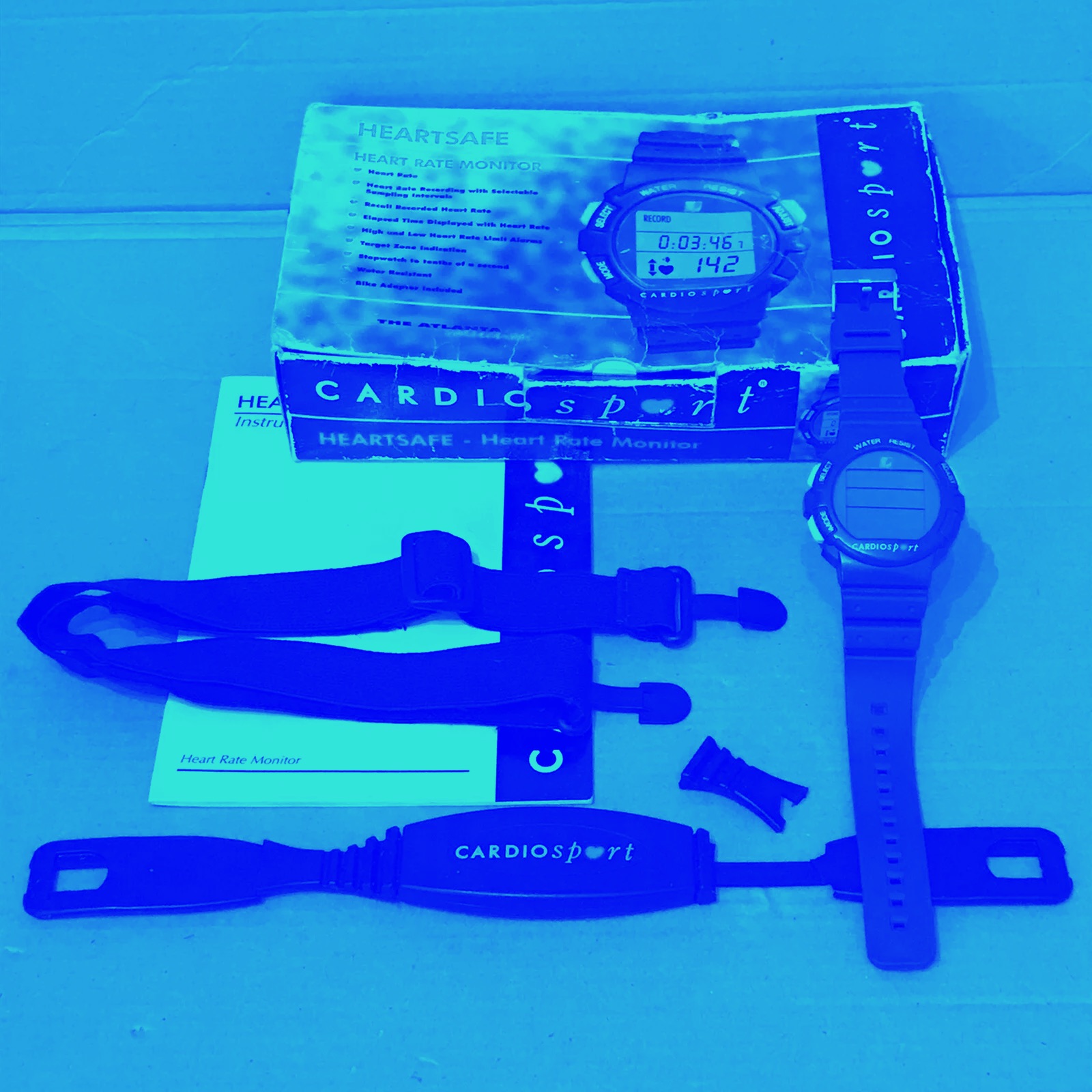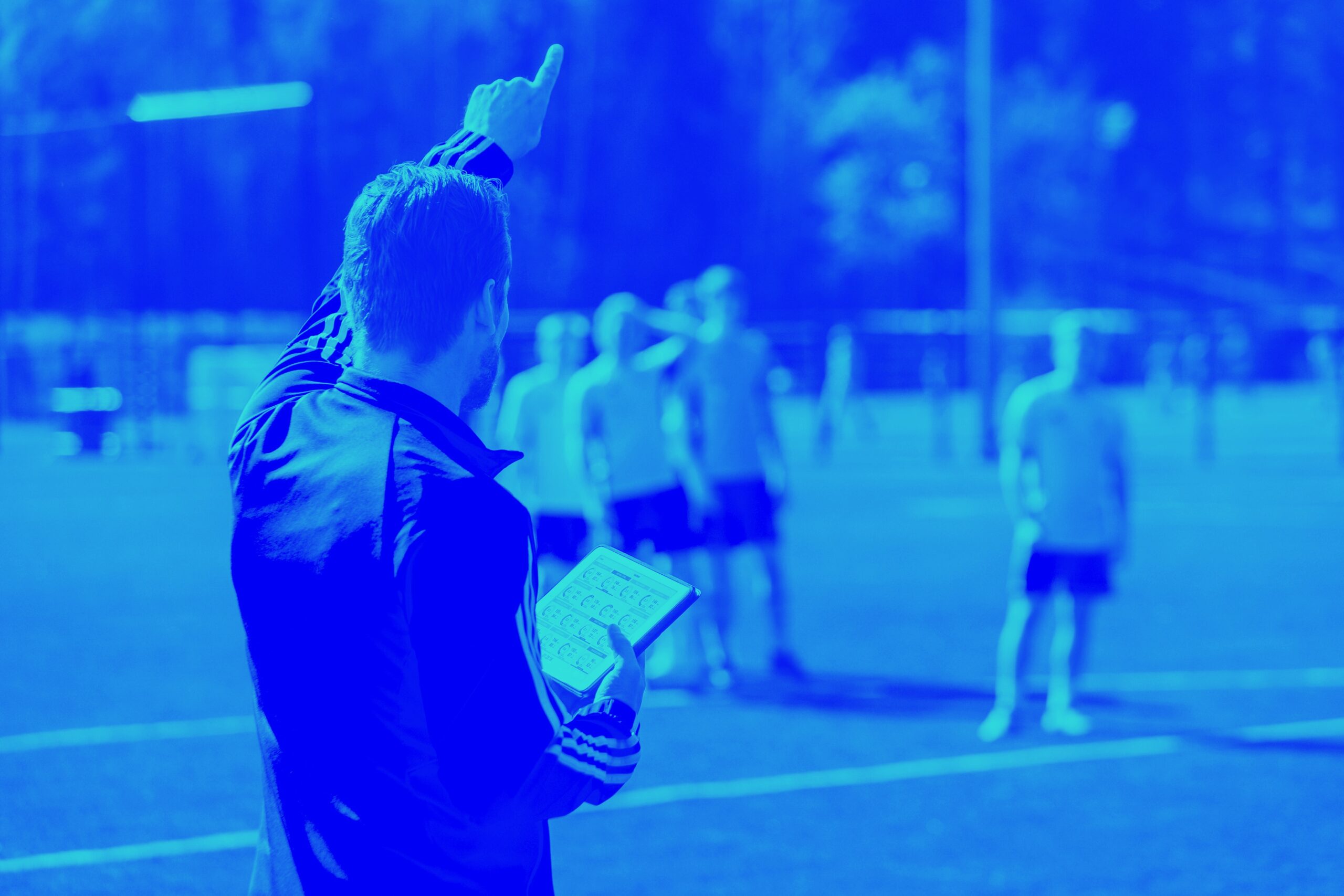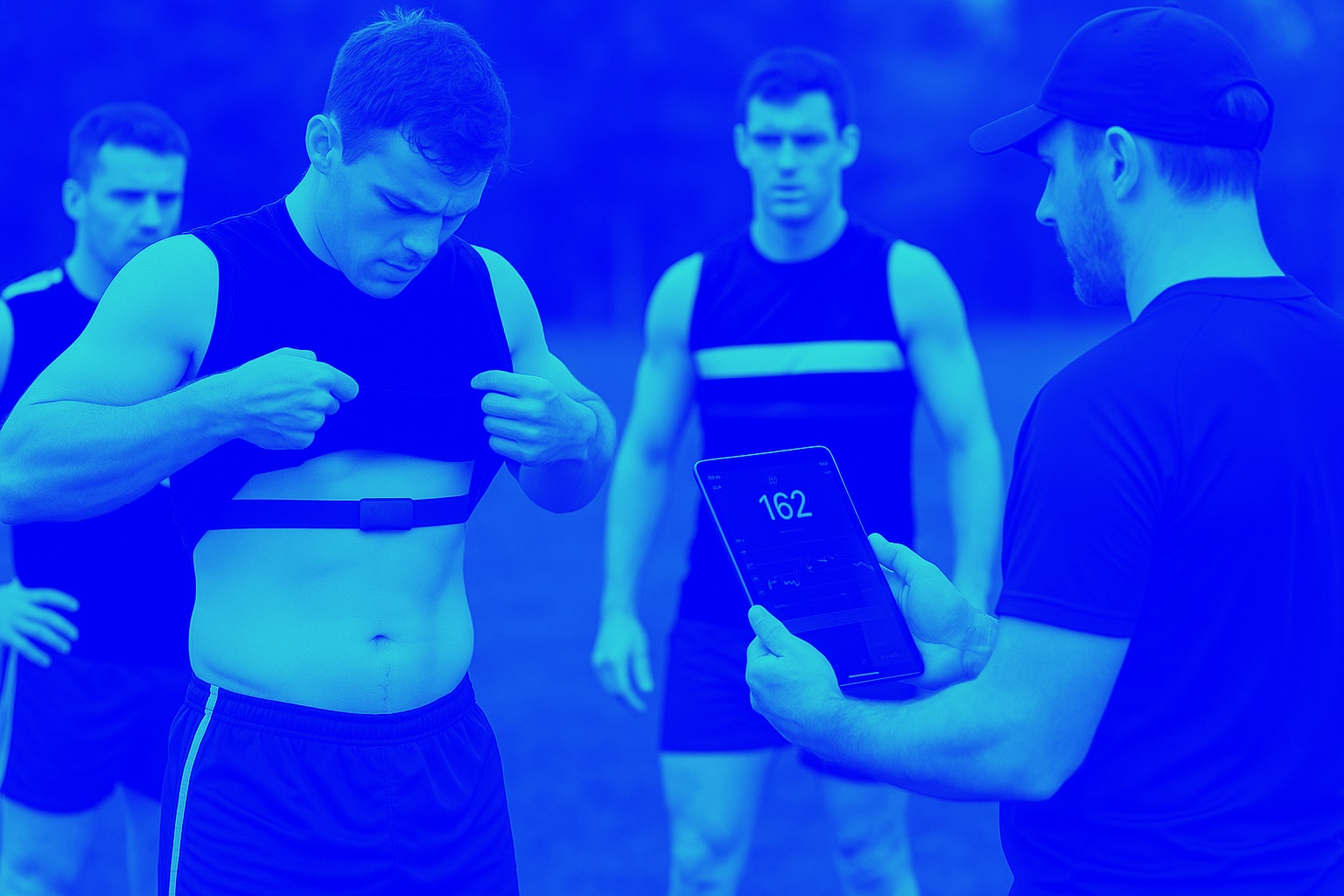Upper body resistance training following soccer match play: compatible, complementary, or contraindicated?
Sabag A, Lovell R, Walsh NP, Grantham N, Lacome M, and Buchheit M. Upper body resistance training following soccer match play: compatible, complementary, or contraindicated? IJSPP, In press.
Full text here
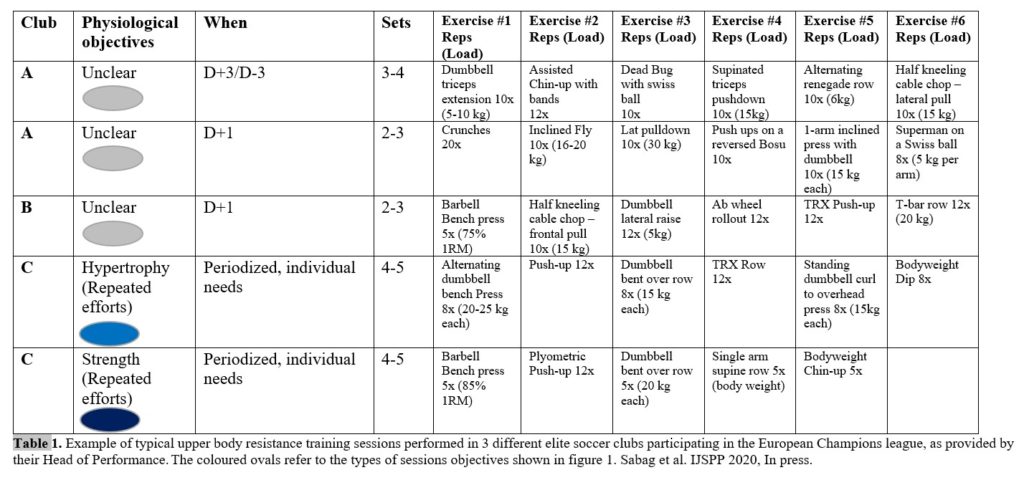
Abstract
Purpose. During heavily congested schedules, professional soccer players can experience exacerbated fatigue responses which are thought to contribute to an increased risk of injury. Given match-induced residual fatigue can last up to 72 hours, many coaches naturally prioritise recovery in the days immediately following match-day. While it is intuitive for coaches and training staff to decrease the amount of auxiliary training practices to focus on recovery, prescribing upper body (UB) resistance training (RT) on the day after match-play (MD+1) has recently emerged as a specific training modality in this context. The rationale for these sessions remains unclear, and there is limited data available regarding the efficacy of such a practice to improve recovery kinetics.
Methods. In this narrative review we look at the theoretical implications of performing UB RT on MD+1 on the status of various physiological and psychological systems including neuromuscular, metabolic, hormonal, perceptual, and immunological recovery.
Results. The available evidence suggests that in most cases this practice, as currently implemented (i.e. low volume, low intensity), is unlikely complementary (i.e.does not accelerate recovery) but potentially compatible (i.e. does not impair recovery).
Conclusion. Overall, since the perception of such sessions may be player-dependent, their programming requires an individualised approach and should take into account match dynamics (e.g. fixture scheduling, playing time, travel).
Key words: strength training; core training; soccer; team sports
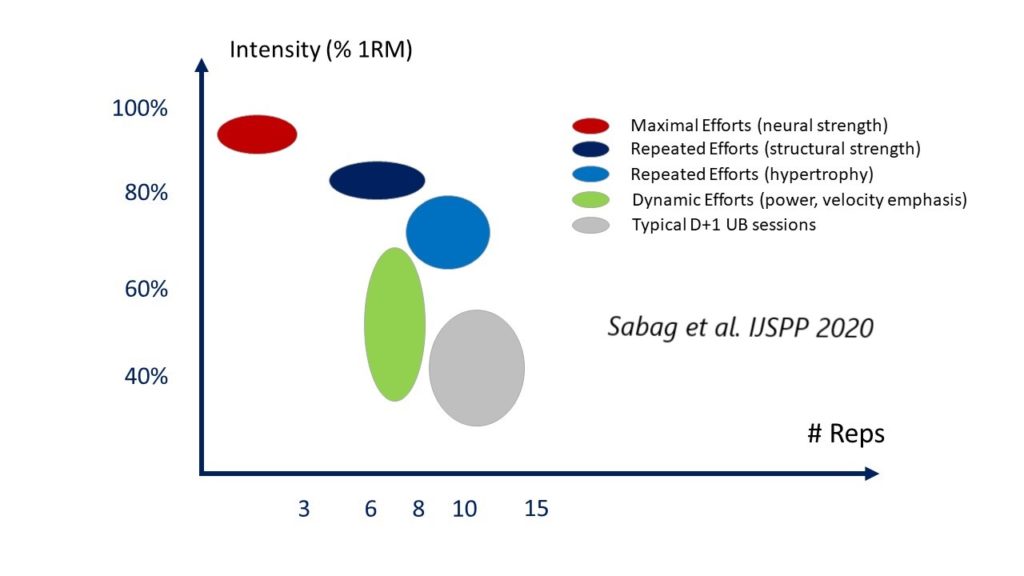
Fig. 1 Classification of typical resistance training sessions in relation to intensity (% 1RM) and volume (number of repetitions). Adapted from Zatsiorsky and Kraemer. 2006.17 The typical MD+1 UB sessions performed in soccer (Table 1) fall outside these ‘optimal’ zones, which question their effectiveness with respect to neuromuscular adaptations. 1RM, one-repetition max. MD+1, day after match-play. UB, upper body.
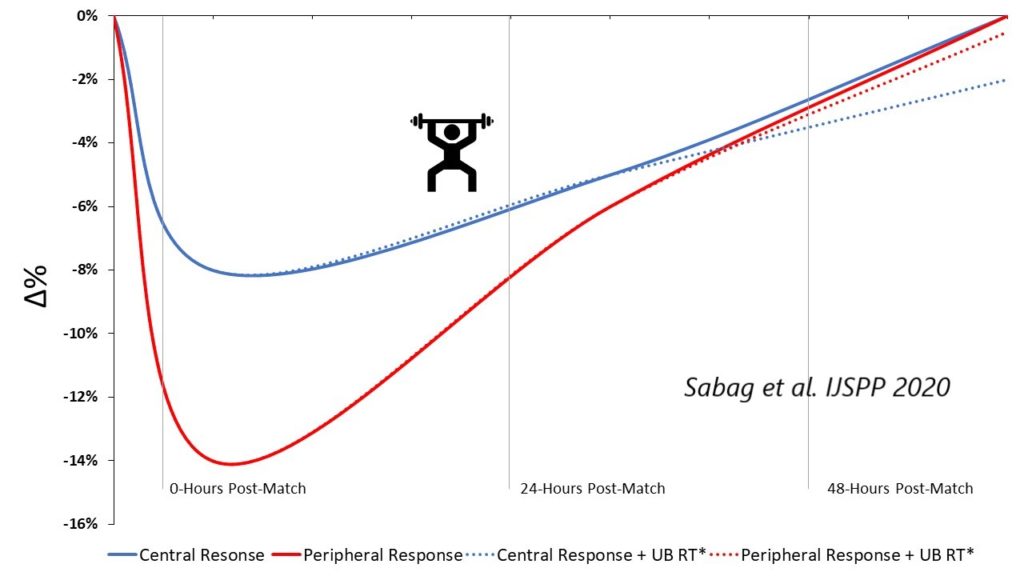
Fig. 2 Schematic change (%) in central and peripheral performance ± upper body session. Adapted from Brownstein et al. 2017.21 The addition of UB RT on MD+1 may slightly impair central recovery and, to a lesser degree, peripheral recovery, however these are unlikely to affect performance outcomes. Central response = inferred from voluntary activation data. Peripheral response = inferred from potentiated twitch force data. UB, upper body. RT, resistance training. *Broken lines indicate theoretical projections.
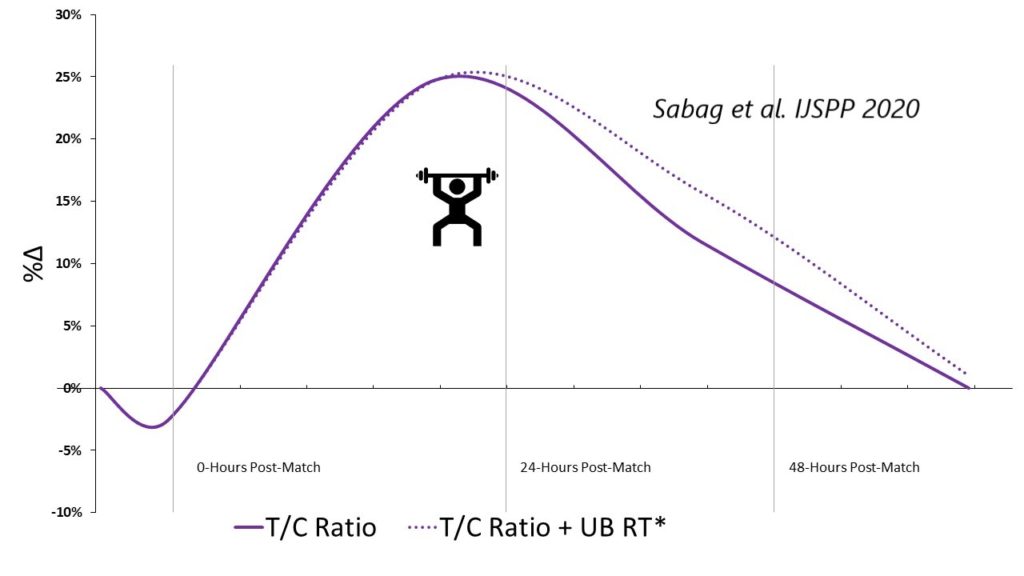
Fig. 3 Schematic change (%) in transient free testosterone:Cortisol ratio ± upper body session. Adapted from Romagnoli et al. 2016.100 The addition of UB RT on MD+1 may induce favourable improvements in T:C ratio, however these changes are likely to be minimal due to the nature of the UB sessions. UB, upper body. RT, resistance training. *Broken lines indicate theoretical projections.

Fig. 4 Decision tree to help practitioners decide on the scheduling of such sessions based on match minutes, match location (home vs away) and the timing of the next match (i.e., microcyle lengths, days between matches).

